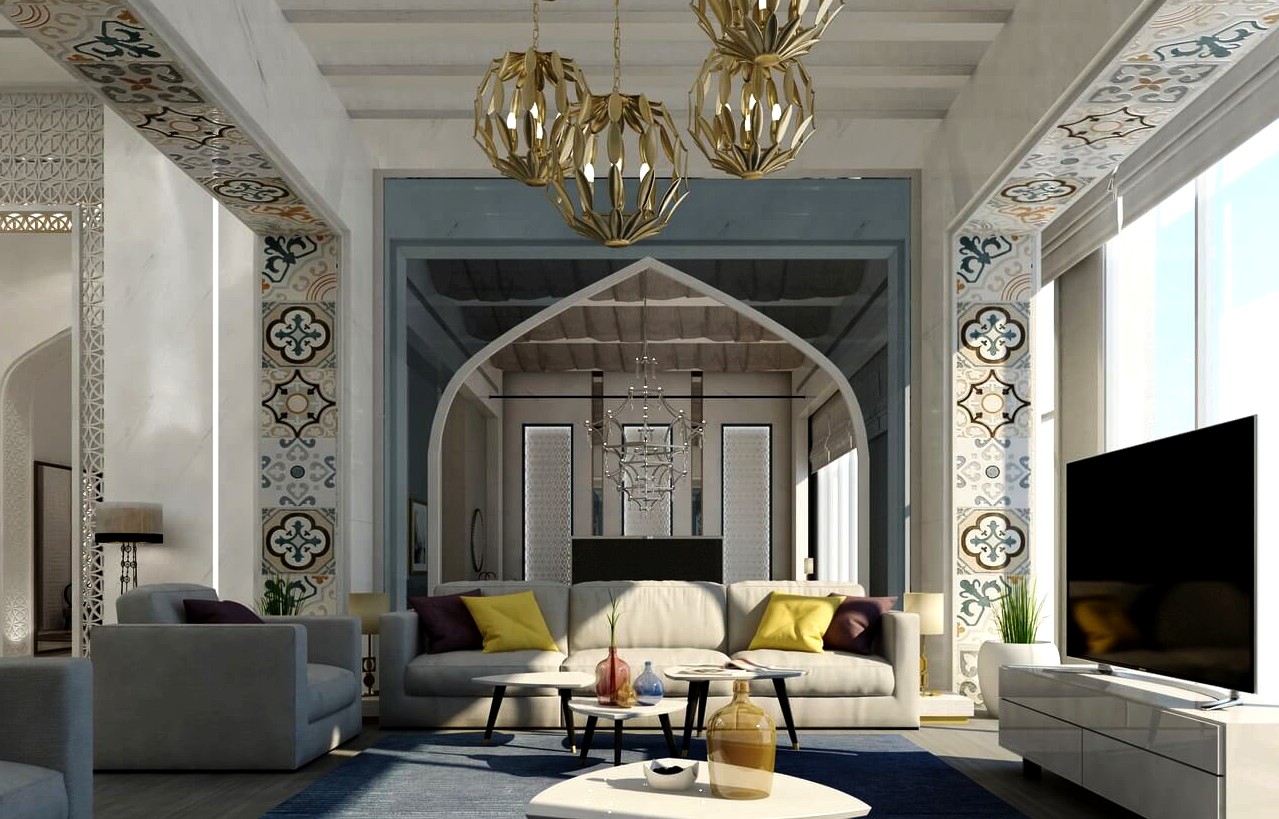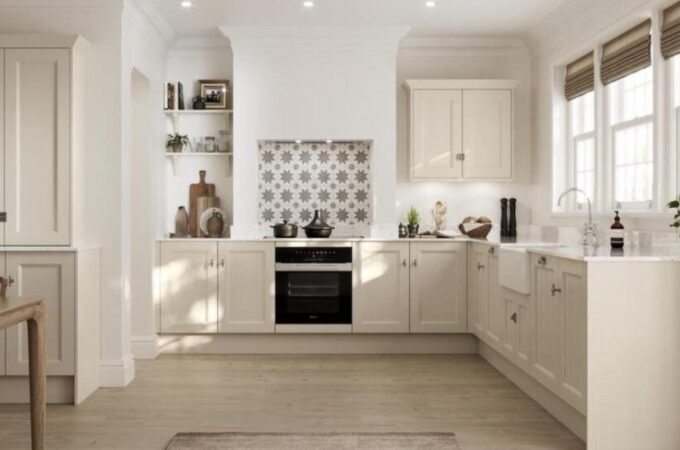
How to Do Arabic Decor
When you are surrounded by luxurious, opulent furnishings, imagine an Islamic house. Most Aegean designs, including Greek, Spanish, German and French, were inspired by Arabic design and decor. In Moroccan interior, the style most inextricably related to Arabic style, strong Arabic elements are seen. In both Maroccan and Arabic architecture, Muslim culture plays a major role. Cultural themes in Arabic range from rustic interior, Bedouin-style, luxurious “Arab Nights.” Modern Arabic has the same minimalistic presence in American and European designs.
Colors

A color palette influenced by Arabic can be as varied as the general theme. Warm colors are popular for warm neutrales. With warm neutral tones on the walls you can distinguish more accentuated shades and shapes. Cool colors can also be included, like turquoise and dazzling emerald green hues. An accent wall, like orange burnt or Moroccan red, can have lighter colors. Use a contoured layer or apply a powder additive layer that gives the wall a sandstone-like texture. Beige, coconut, wheat, dark cocoa, caramel, crimson, curry, yellow, coral, salmon, roost, aubergines, feathers and marines are also considered.
Furniture
The furniture was hardly used in modern Islamic traditions and composed of low-profile seats and clothes stores, textiles and other personal objects, which is often used by Westerners. The name “sofa,” which means bench or platform, is derived from the Arabic word “suffah.” The food and drink on brass or copper trays with folding aids are served instead of tables. Wood furnishings are mostly decorated with abstract and geometric detailed patterns. The concept parts are broken down and the holes are filled with various forms of wood inlay, including walnut, rosewood, citrus wood, peach wood and opalescent nuts. Typical Arabic furnishings include small gridded desks, columns, splitter displays, sculpteen partitions, koran cabinets and booths, as well as chests, chairs and couches.
Textiles
The use of vibrant textiles with a rich range of patterns and textures may be the single most significant feature of Arabic decoration. Use layers of lovely textiles, including Persian tapestries, slippers, floor cushions, tapestries, corridors and curtains. Use The fabric-covered walls and ceilings of many interior influenced by the Arabic produce a tentative impression. Tables, chests and benches may be laid over cloth, or shaped as a wall art. Handwoven horse, lamb and camel wool are rustic textiles. Silk, satin, cassava and lace are luxury products. Combine variations of narrow and thick ribs, zigzags, Arabian calligraphy and different geometric or abstract compositions. Attach the drugs and curtain cramps on the fringes and tassels or seek things already available. Elegant swaggons, waterfalls, jabots, scarf valances and pelmets shield the walls.
Accessories

Amuse exquisite Arabic copper collections placed on trays of copper, brass, or nickel. Show Moroccan pottery including vases, Urns and Tagine bowls, Morocco decorative tea glasses or Turkish porcelain decanters. Accessory decoration and furniture including mirrors, trunks, and chairs. Position a few Moroccan pumice stones in the lounge room (footstools which can be used as extra sitting or as tables or Ottomans). Add Moroccan decoration, henna lamps and brass or coffee mirror illuminated. Exotic illumination.
To sum-up
Home decoration in Arabic is a wonderful source of inspiration. The Arabic homes with many lavish furnishings are full of details. The Arabic decoration is very luxurious and typically the interior designer uses the CNC router to make the most most lavish and exclusive furnishings Burj al Arab, the luxury Dubai hotel, is the Arabic interior design that best displays all the characteristics mentioned below. Several ancient civilisations had inspired the Arabic style. The columns and arches demonstrate the Roman impact on Islamic culture. Sheik Zayed Mosque is a contemporary example of arches and columns used in Abu Dhabi!




